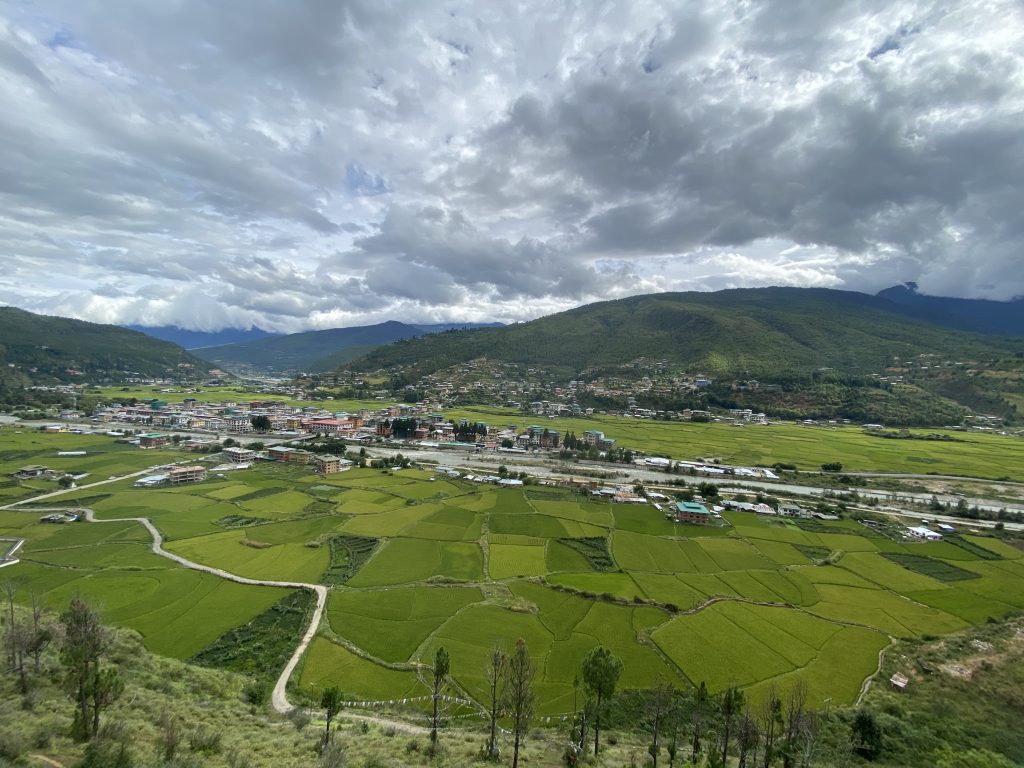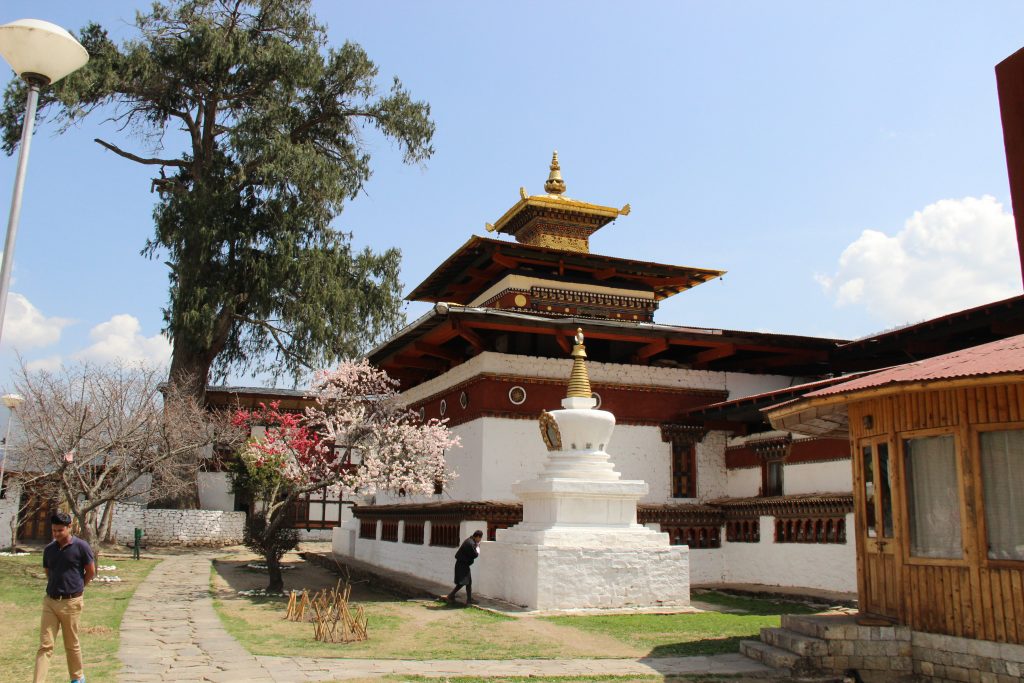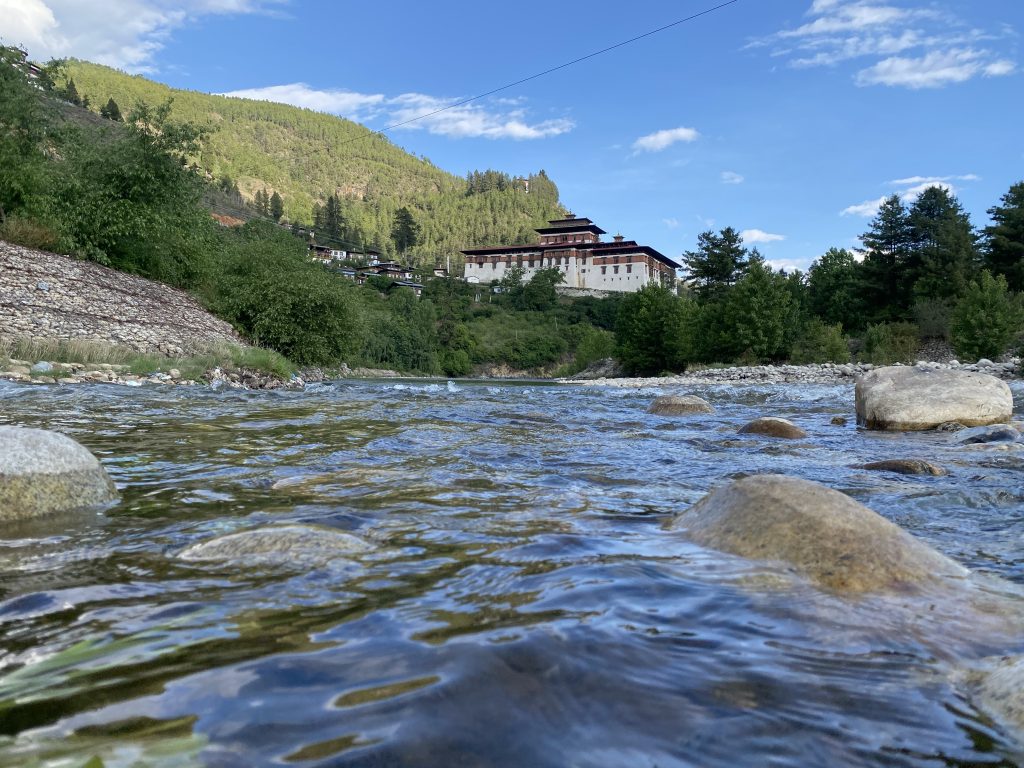Paro and its Meaning

PARO and its Actual MEANING

On referring the books written in the 7th century during the time of king of Tibet, Chogyal Songtsen Gampo, and the hidden treasure texts by Guru Rinpoche pertaining to the 8th century, the valley was not called ‘Paro’ as it is known today but Padro and Pado.
The word Pa means beautiful or ornamental and in this context the valley is considered as the most beautiful of nature’s creation and one that goes to make it the ornament of the nation.
Dro, on the other hand means homely, enchanting and fertile.

This homeliness of the valley is believed to be the blessings of the statue of Buddha Shakyamuni in the Kyichu temple and also because it is a place blessed by Guru Rinpoche and other past Buddhist masters.
The blessings are due again to the five statues of the goddess of longevity, or Lhamo Tshering Chenga, and that once a person visits the valley he or she does not feel like going back to one’s own hometown.
These statues are located in five different temples namely at Drangjekha, Tengekha, Dzongdrakha, Gangteng and Ramnag.
In the course of time however, the word Pado and Padro came to be written as Paro.

As to when this way of writing the name started is again beyond our imagination.
What we know for sure is that the names Paro and Bumthang, a valley in central Bhutan are the oldest of their kind in the country.
Reference: Academia Indigenous Facts of Bhutan: Proceedings of the Third Colloquium.